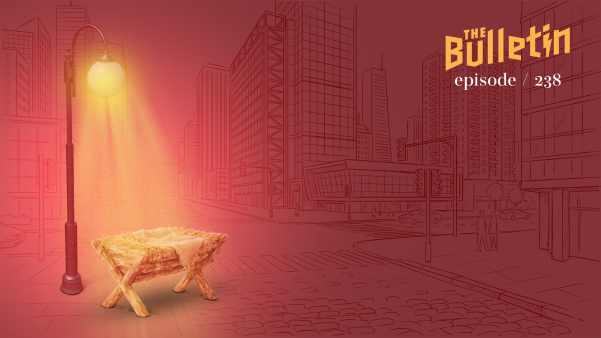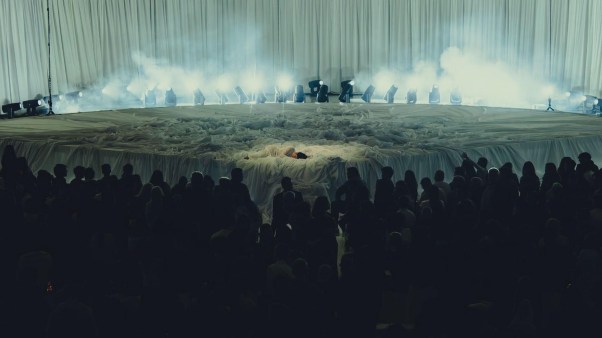If you had asked me eight years ago what I thought about church buildings, I would have said, “Who needs a building? The early church didn’t have buildings, and we don’t need them either!” But I was wrong.

My anti-building phase was a reaction to having seen so much money spent on church facilities, often for non-essential, luxury items. I was also reacting to a philosophy of ministry that treated church buildings like Disneyland; a place consumers gather for entertainment. But these abuses had caused me to unfairly dismiss the potential blessing of buildings as well.
Consider the building occupied by Compassion International in Colorado Springs. It has a well-groomed lawn with sprinkler system, an attractive sign, and an expansive parking lot. It’s a nice facility. But it’s more than just a building—it is the headquarters and training center for a ministry that brings physical and spiritual nourishment to more than one million children in 25 countries. The Compassion building is used for a missional purpose, not simply as a place for Christians to gather and consume religious services.
When we planted our church in 2004, we needed a place to meet. We found a very traditional church building that had a sizable “fellowship hall” originally used only for donuts and coffee on Sundays. Wanting to use the building differently, we converted the fellowship hall into a public coffee lounge featuring music and art from the outside community. The Abbey, as it’s now called, is open seven days a week and offers free internet access.
Just yesterday I was in The Abbey and saw about 20 people, not part of our congregation, studying and hanging out. (During finals week I counted 90 students packed into the place.) While there I talked to a brand new Christian who has been coming to our gatherings. He found out about our church from a Buddhist friend. His friend loves coming to The Abbey and recommended our church because he trusted us.
We’ve also used our building to serve our community in times of crisis. When wildfires forced nearby residents to flee their homes, our building became an overnight refuge for those without a place to stay.
These missional opportunities would not be possible without a building.
What about the sanctuary? When we first got the building, one person said the sanctuary “looked like a funeral parlor.” We sought to remake the worship space to express our congregation’s values of community, worship, and service.
First, we removed the pews. Looking at the back of peoples’ heads simply didn’t communicate our values of community and participation.
We also invited local artists to create images during our worship gatherings. These were then displayed in the space.
The only cross in the building was very small, so we brought in a huge iron cross as the visual focus of our worship space. This clearly communicated that Christ was at the center of our mission.
We lowered the large wooden pulpit in order to facilitate more relational teaching, and we added a prayer shawl over the podium to reinforce our frequent talks about the importance of prayer in changing lives.
Little by little the space that had been powerfully missional in the 1930s and ’40s was transformed to reflect missional values of the 21st century. In 20 years I’m sure the way these values are expressed will have changed again, and I hope the design of the sanctuary and fellowship hall will change accordingly.
What’s important is that our mission drives our aesthetics and our use of space.
Today I am incredibly thankful we have a building. It allows us meet in larger groups for worship, and it allows for training classes that equip people for mission. We also use our space all week and welcome the public into it.
So, I have recanted from my earlier belief that buildings drain resources and create consumer Christians. I was wrong. Now I see them as missionary centers to impact lives for the gospel.









